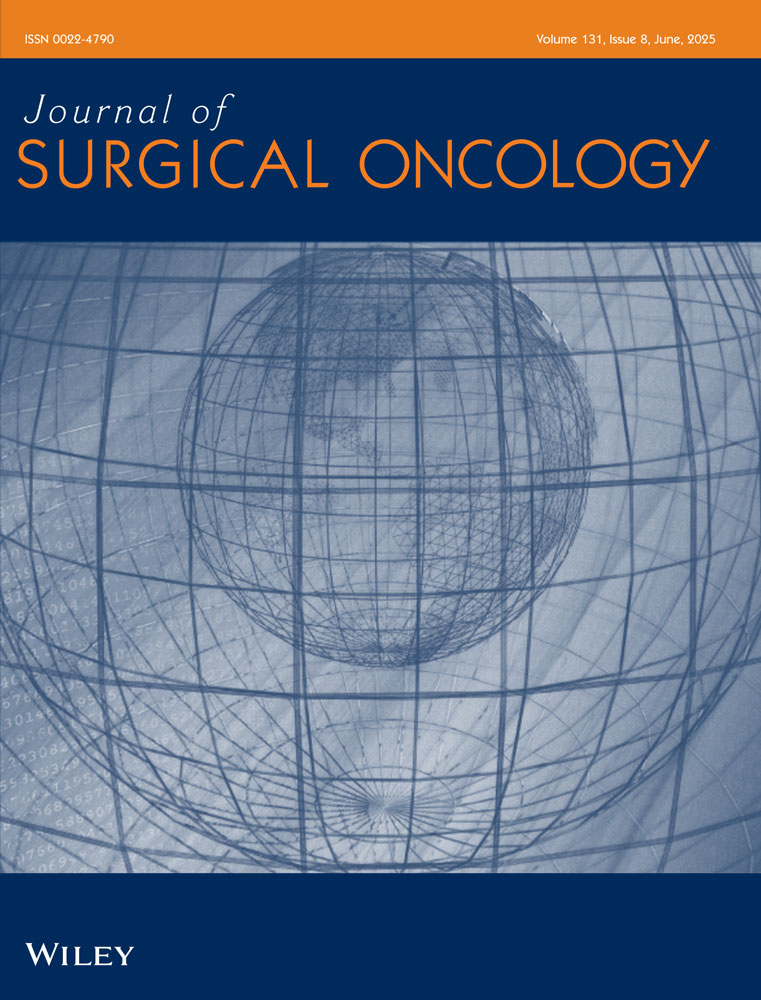Non-inflammatory skin involvement in breast cancer, histologically proven but without the clinical and histological T4 category features
Abstract
Background
The study evaluates characteristics and prognostic significance of breast cancer with histologically proven non-inflammatory skin involvement but without the clinical and histological features that are mandatory for inclusion in the T4 category.
Methods
We compared retrospectively the clinical course of 55 patients with this clinico-pathologic entity to the outcome of a control group of 309 consecutive patients with tumors of the same size but without skin involvement. The median follow-up time was 6.6 years in the study and 8.4 years in the control group. Two subsets were analyzed: (A) 1.1–2.0 cm (T1c); (B) 2.1–5.0 cm (T2).
Results
The distribution of TNM stages within Study Group A was: Stage I: 28.6%, Stage II: 61.9%, Stage III: 9.5%. The distribution within Study Group B was: Stage II: 67.7%, Stage III: 23.5%, and Stage IV: 8.8%. Differences in disease-specific survival (DSS) between study and control groups were not significant. In multivariate analysis, skin involvement was not a significant variable, while lymph node involvement was found to be significant for worse outcome (Group A: HR = 3.99 [1.33–12.05], P = 0.014; Group B: HR = 2.37 [1.37–4.08], P = 0.002).
Conclusion
Breast carcinomas with histologically proven skin involvement without the clinical and histological correlate are a heterogeneous group of cases, but the majority of the patients have Stage I/II disease. While lymph node involvement had a most significant effect on DSS, skin involvement was not a significant prognostic factor. Physicians must be aware of this clinico-pathologic entity in order not to misclassify these cases as T4 and consider them falsely as being locally advanced breast cancer. J. Surg. Oncol. 2007;95:291–297. © 2007 Wiley-Liss, Inc.




